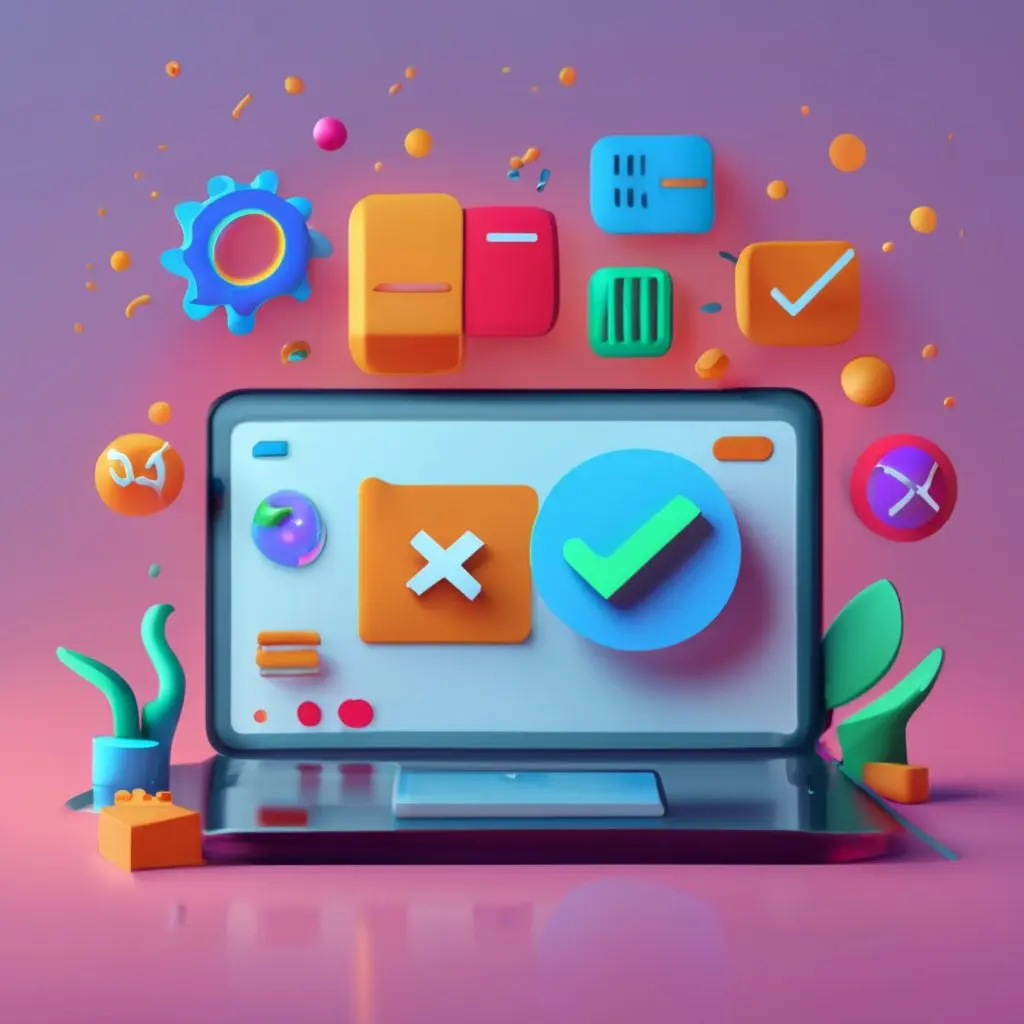Best and worst productivity tips
Updated on Oct 21, 2023
•By Ewa Nikodem
There is no universally "good" or "bad" productivity hack. Discover the pros and cons of some popular productivity techniques.

A lot of people ask: “What are the best and worst productivity tips?” You probably wondered about it too, right?
As the list of productivity hacks is pretty extensive, it is crucial to remember - there is no universal hack that is inherently "good" or "bad." Each and every one of them has its own set of advantages and disadvantages. As I mentioned in the “Most used productivity hack” post, there is no “one-size-fits-all”. What constitutes an effective strategy is highly individualized and what works for one may not work for someone else.
In this blog post I will dive into the pros and cons, trying to recognize that no hack is superior or inferior. By understanding the nuances of these techniques, you can adjust your productivity approach to suit your circumstances and goals. As covering all of the hacks would result in a rather long post, I’ll focus on some more popular ones, like the pomodoro technique or to-do-list.
- Time Blocking
- Two-Minute Rule
- Daily Highlight
- Delegating
- Pomodoro Technique
- To-Do List
- Systems
- Conclusion
Time Blocking
Time blocking is a productivity hack that involves scheduling specific blocks of time for different tasks or activities. Think of it as creating meeting with yourself and a task to be done in your calendar.
One of its primary strengths lies in its ability to enhance time management skills. By allocating focused time to particular tasks, you create a structured workday that helps with focusing on a task and minimizes distractions and procrastination. It's a strategy that helps you stay on track, preventing overloading your schedule with too many tasks.
However, time blocking can become rigid and less adaptable when faced with unexpected tasks or changes in your schedule. Frequent adjustments may be required if tasks take longer to complete than initially planned. Also, some may feel pressured or stressed if the allocated time is exceeded and the task is still not done.
Two-Minute Rule
The Two-Minute Rule is a very straightforward yet effective productivity hack. If a task takes 2 minutes or less, do it immediately. Don’t postpone it.
This strategy is excellent for reducing “clutter” and boosting a sense of accomplishment. It prevents small tasks from accumulating and becoming overwhelming, keeping your efficiency high throughout the day. It also reduces the tendency to procrastinate on small tasks or simply forgetting about them.
Although, it can become distracting when applied to every minor task. If you are working on a big and complex task and you suddenly think of a quick one, don’t immediately switch to working on it. Additionally, this rule does not prioritize tasks based on importance, which may lead to the neglect of more significant, long-term projects that require deeper focus.
Daily Highlight
In the daily highlight technique, you decide what is the one crucial task you want to accomplish that day and this task becomes your top priority. Setting a daily highlight is a strategy that empowers you to prioritize your most important task for the day.
It's an excellent way to ensure that progress is made on crucial objectives. The daily highlight provides a clear focus and direction for your day, helping you make meaningful progress toward your goals. Also, achieving your highlighted task brings a sense of accomplishment and motivation.
However, focusing exclusively on your daily highlight task may lead to tunnel vision, neglecting other essential but non-highlighted tasks. The daily highlight can be somewhat inflexible, especially if unexpected urgent tasks arise. In addition, the pressure to complete the highlighted task can also induce stress.
Delegating
Delegating is a productivity hack that involves assigning certain responsibilities to others.
Delegating tasks to individuals with the appropriate skills can often lead to more efficient and effective outcomes. It can significantly reduce your workload. This results in freeing up your time, which allows you to focus on high-value or high-priority tasks.
Nevertheless, delegating tasks effectively requires clear communication and a shared understanding of expectations. Having the right balance between delegation and control can be tricky, as micromanagement can ruin the benefits of delegation.
It's important to mention that this hack only works in a team. When you are by yourself, it is impossible to delegate something to others.
Pomodoro Technique
The Pomodoro Technique is a time management method, where you focus on your work for 25 minutes, then take a break for 5 minutes. Longer breaks, up to 30 minutes, are taken after four work intervals.
It's a good strategy that helps maintain focus and productivity while also preventing burnout by encouraging regular breaks. Taking those breaks can help with recharging, resulting in more efficient work. One of the biggest advantages of this technique would be to reduce multitasking, as during those 25 minutes you need to concentrate on one specific task.
Unfortunately, it is not suitable for all tasks. Some of them may require longer, uninterrupted focus or concentration, making the Pomodoro Technique less suitable for such work. Strict adherence to 25-minute work intervals and 5-minute breaks may feel too rigid to some individuals. Additionally, constant timer interruptions may disrupt the flow of working on a tasks.
Personally, I don’t like the Pomodoro Technique. My biggest challenge is sitting down and starting the task. If I’m already in the workflow and I am interrupted to take a 5 minute break, it would be hard for me to focus again.
To-Do List
A to-do list is a classic productivity tool that helps organize and track tasks and projects. You can easily add, remove and prioritize tasks according to your wants and needs.
This method is great for organizing tasks and keeping track of them. It definitely helps with freeing up space in your head that would otherwise be occupied by trying to remember every single thing that needs to be done. There’s also a great sense of accomplishment when a task from the list is crossed off.
On the other hand, an excessively long to-do list can get overwhelming pretty fast, which can also lead to indecision of what to prioritize. As crossing off tasks from the lists feels good, leaving the task uncompleted and moving it to the next day might feel frustrating. In that case, some might focus on quantity over quality and rush through tasks, just to check something off.
Personally, I like to combine a to-do list with the daily highlight. One main task that I have to finish during the day and the rest if I have time.
Systems
Productivity systems involve creating and focusing on processes or routines for tasks you frequently perform instead on the tasks themselves.
One of the primary advantages of implementing systems in your workflow is increased efficiency. By creating those processes or routines, you can streamline your work. This ensures that important steps are not overlooked, leading to fewer errors, saving time and being more consistent in the long run.
However, it's worth noting that the initial setup and documentation of systems can be time-consuming and complex. Also, they may not accommodate unique, one-time tasks or projects well.
Conclusion
All productivity tips share common themes of focus, prioritization, and efficiency. Time blocking offers structure and focus, while the Two-Minute Rule excels in reducing mental clutter. Daily highlights ensure progress on crucial tasks, and delegating tasks empowers both individuals and teams. The Pomodoro Technique enhances concentration, while to-do lists help maintain organization. Systems streamline recurring tasks.
But as mentioned before, there are no best and worst productivity tips. The key is to find what works best for you, as productivity is a personal thing. Experiment with different techniques, find what you like the most, what brings you the best results and adapt them to suit your individual needs and preferences.


